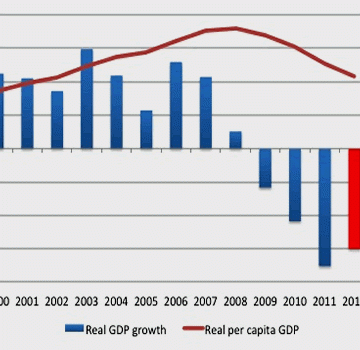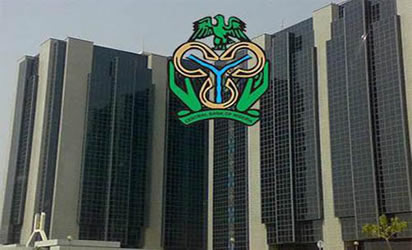
This is as the Monetary Policy Committee (MPC) of the bank at its last meeting for the year voted overwhelmingly to retain extant baseline rates, which include Monetary Policy Rate (MPR) at 14 percent.
Others are cash reserve ratio (CRR) at 22.5 per cent; Liquidity Ratio at 30.00 per cent; and the Asymmetric corridor at +200 and -500 basis points around the MPR. Reading the MPC communique to finance reporters in Abuja at the end of the November 2017 meeting, Governor of the bank, Mr. Godwin Emefiele said data from the National Bureau of Statistics (NBS) indicate that real GDP grew by 1.40 per cent in the third quarter of 2017, up from 0.72 per cent, and contraction of 0.91 per cent in the second and first quarter of 2017, respectively.
“The major drivers of real GDP growth were agriculture (0.88%) and industry (1.83%). Some subsectors contracted, including: construction (0.01%), trade (0.29%) and services (1.02%). Overall, non-oil real GDP contracted by 0.76 per cent in Q3 2017.”
MPC expressed hope that, while the economic recovery appears to remain fragile, a tenacious implementation of the 2017 budget and quick passage of the 2018 budget would boost aggregate demand and confidence in the economy.
While noting that net credit to government expanded by 7.60 per cent against the programmed growth of 33.12 per cent, it lamented that credit to the private sector, however, contracted by 0.24 per cent in October 2017, and compared with the provisional benchmark of 14.88 per cent.
In arriving at its decision to leave baseline rates unchanged, Emefiele said the Committee appraised potential policy options in terms of the balance of risks.
“The Committee also took note of the gains made so far as a result of its earlier decisions; including the stability in the foreign exchange market and the moderate reduction in inflation and thus extensively deliberated the options regarding whether to hold, tighten or ease the policy stance.”
According to him, although tightening would strengthen the impact of monetary policy on inflation with complementary effects on capital inflows and exchange rate stability, it nevertheless could also potentially dampen the positive outlook for growth and financial stability.
“On the other hand, whereas loosening would strengthen the outlook for growth by stimulating domestic aggregate demand through reduced cost of borrowing, it could aggravate upward trend in consumer prices and generate exchange rate pressures.
“The Committee also feels that loosening would worsen the current account balance through increased importation.
“On the argument to hold, the Committee believes that key variables have continued to evolve in line with the current stance of macroeconomic policy and should be allowed to fully manifest.
“Members noted that the developments in output and inflation, in particular, required effective close monitoring in order to gain clarity on the medium term optimal path of monetary policy.”





